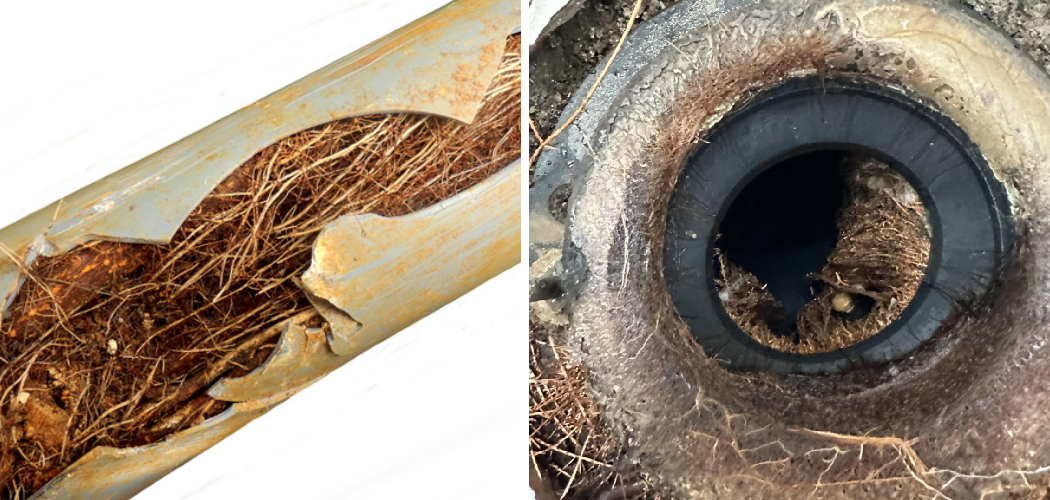Tree roots are drawn to drain pipes by the moisture and nutrients present within them, often infiltrating through tiny cracks or joints. Once inside, these roots can quickly grow and expand, leading to severe blockages that cause plumbing issues such as backups and slow drainage. Roots can also exacerbate existing problems, increasing the risk of leaks and further damage to plumbing systems. Addressing these root problems promptly is crucial, as neglecting them can result in costly repairs and lengthy downtime.
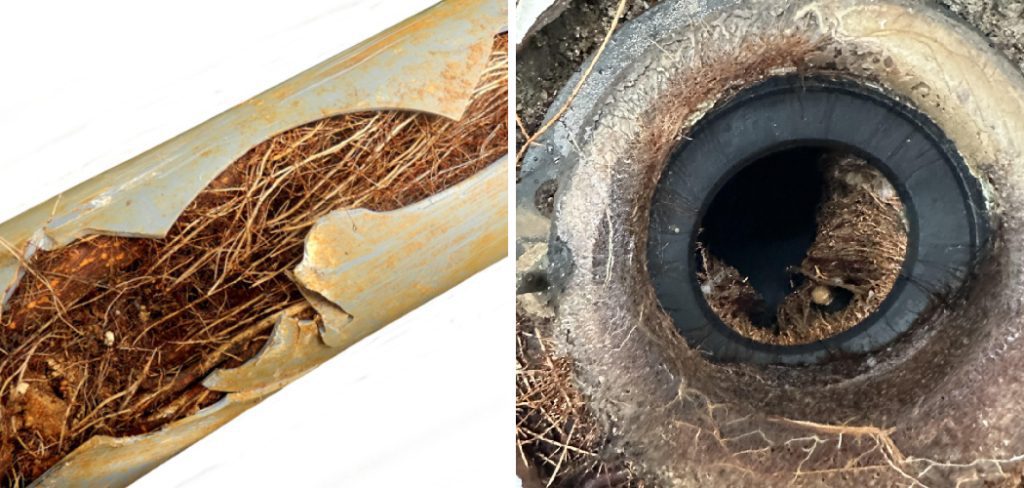
There are various methods to remove roots from drain pipes, ranging from chemical treatments that dissolve the roots to mechanical tools like plumbing snakes and hydro-jetting that physically clear the obstruction. In some cases, enlisting professional services may be necessary for severely damaged pipes. Understanding how to get roots out of drain pipe effectively can save homeowners time and money while preserving their plumbing systems.
Identifying Root Intrusion in Drain Pipes
Recognizing the signs of root intrusion in drain pipes is essential in preventing further damage to your plumbing system. Common indicators include slow drains, which can occur when roots obstruct water flow, making it difficult for waste to pass through. Gurgling noises emanating from pipes may suggest trapped air caused by blockages. Frequent clogs, foul odors, and water backups are also red flags.
These issues often become more pronounced in areas with large trees, as their expansive root systems seek out moisture and nutrients from aging or compromised pipes. Homeowners should be particularly vigilant if they live near mature trees or possess older plumbing systems, as the risk of root infiltration is significantly heightened in these scenarios.
To confirm root intrusion, consider a few effective methods. One reliable approach is to schedule a professional plumbing inspection, where a camera is used to visually assess the interior of the pipes. This method allows plumbers to identify the exact location and extent of the root intrusion. In addition, during attempts to clear the drain, it’s important to look for visible roots, which can clearly indicate the issue at hand. If roots are observed, it reinforces the need for prompt action to mitigate further plumbing problems. Understanding how to confirm root intrusion can empower homeowners to take the necessary steps to address and resolve these issues efficiently.
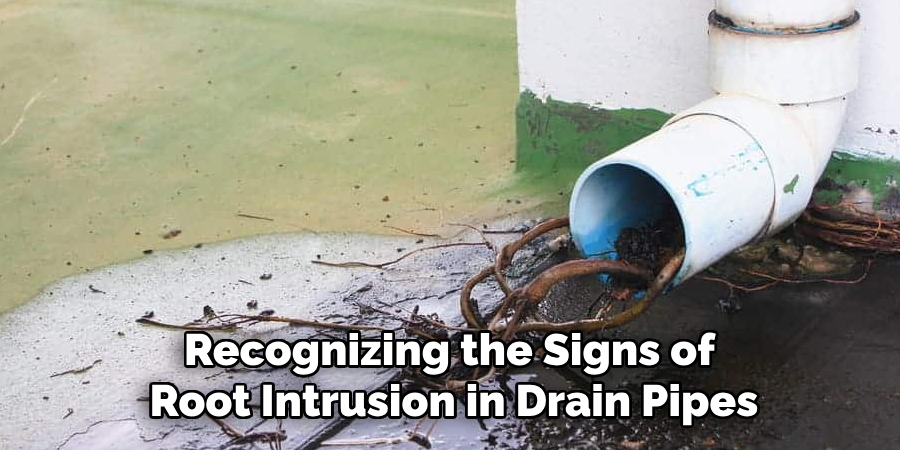
How to Get Roots out Of Drain Pipe: Using Chemical Root Killers
Choosing the Right Chemical Treatment
When it comes to selecting a chemical root killer, homeowners have a few effective options, primarily copper sulfate and foaming root killers. Copper sulfate is a powerful herbicide that can dissolve roots within pipes while protecting future growth. It works by drying out the roots, effectively killing them, but it can be toxic to nearby vegetation if used excessively.
On the other hand, foaming root killers, which expand within the pipes, adhere to the roots, and kill them over time, are safer for surrounding plants and can penetrate the entire root mass more effectively. However, the effectiveness of foaming killers can be somewhat slower than that of copper sulfate. Both options have their benefits and limitations, so it’s important to consider factors like the severity of the root intrusion, the surrounding environment, and any potential effects on other plants when selecting the right chemical treatment.
Application Process
To effectively apply chemical root killers, follow these step-by-step instructions. First, ensure that you have chosen the right product for your specific situation and have reviewed the manufacturer’s guidelines for application. Start by pouring the chemical directly into the affected drain, ensuring you reach the entry point of the root intrusion. Follow the recommended dosing instructions closely to avoid over-treatment, which can lead to adverse effects.
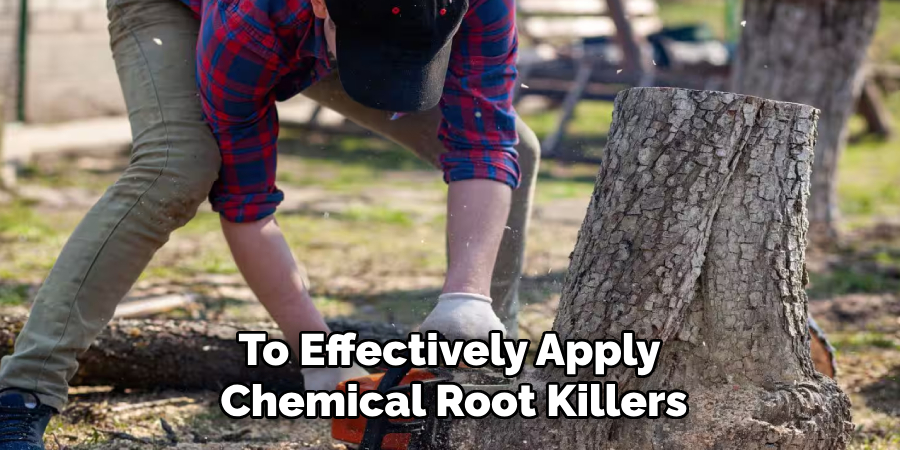
After application, it’s crucial to allow time for the chemicals to work—this may range from a few hours to several days depending on the product used. During this treatment period, avoid using water in the affected drain to ensure the chemical root killer adequately penetrates the roots and maximizes its effectiveness. By adhering to these steps, homeowners can effectively combat root intrusion and maintain clear drainage systems.
How to Get Roots out Of Drain Pipe: Using Mechanical Methods
Using a Plumbing Snake or Auger
To tackle root intrusion effectively, homeowners can utilize a plumbing snake or auger to physically break up and remove the roots from the drain pipe. Begin by selecting a plumbing snake that is suitably sized for your drainage system, ensuring it has enough length to reach the blockage. Start by inserting the snake into the drain and feeding it carefully while turning the handle.
As you advance, the coiled end of the snake will encounter the roots, enabling it to grip and break them apart. Continue to rotate the handle to ensure the roots are sufficiently broken up. Once you’ve cleared the obstruction, gently pull the snake back out, removing any dislodged debris. It’s advisable to run water through the pipes afterward to flush away any remaining root fragments and ensure smooth drainage.
Hydro-Jetting
Hydro-jetting is a powerful method for removing roots from drain pipes, employing high-pressure water jets to cut through obstructions and clear the way for waste to flow freely. This technique consists of using a specialized hose with a nozzle that releases water at extremely high pressure, capable of breaking apart stubborn root masses and grease build-up alike.
Typically, hydro-jetting is performed by trained professionals due to the need for expertise in handling the equipment and evaluating the condition of the pipes before application. The process removes roots and cleans the entire pipe interior, effectively preventing future intrusions. It’s an ideal choice for severe blockages, ensuring optimal functionality of your plumbing system.
Mechanical Root Cutters
Mechanical root cutters can be employed to perform more challenging root intrusions. These specialized tools attach to a plumber’s snake or drill and are designed to cut through larger root masses that may obstruct the pipes. Using mechanical root cutters requires expertise, as improper handling can lead to further pipe damage or safety hazards. When operated correctly, these tools can efficiently clear out significant blockages by precisely slicing through roots.
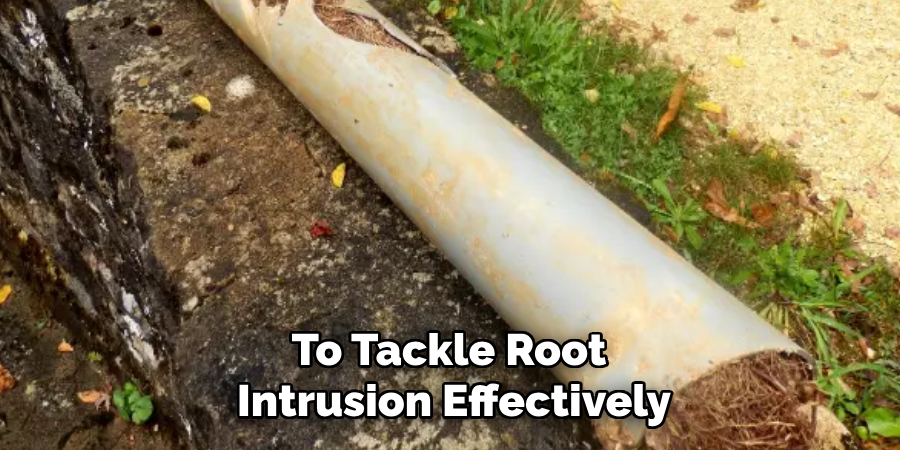
Homeowners need to consider hiring a professional plumber when using mechanical root cutters, as they possess the experience and knowledge to safely execute the task while ensuring thorough removal of the roots without risking additional damage to the drainage system. By leveraging these mechanical methods, homeowners can effectively address root intrusion, helping maintain their plumbing systems’ integrity.
Preventative Measures After Root Removal
Regular Maintenance with Root Killers
Once the root intrusion issue has been effectively addressed, it is essential to implement a regular maintenance routine using chemical root killers as a preventative measure. Homeowners should consider applying root killers every 6 to 12 months to inhibit any potential regrowth and keep their pipes clear. These proactive applications help manage existing root systems and create a hostile environment for new roots that might attempt to infiltrate the plumbing. By consistently using root killers, homeowners can significantly reduce the likelihood of future blockages, ensuring the longevity and functionality of their drainage systems.
Tree Root Barriers and Planting Tips
In addition to chemical maintenance, installing physical barriers can be an effective strategy to prevent roots from encroaching on sewer lines. Tree root barriers, made from sturdy materials such as plastic or metal, can be installed underground to form a protective barrier around the plumbing. This intervention redirects roots away from the pipes, reducing the risk of invasive growth.
Furthermore, when planning landscaping, planting trees and large shrubs, a safe distance from sewer lines, ideally at least 10-15 feet away, is advisable. Choosing appropriate plant species with less aggressive root systems can also minimize future risks. By combining chemical treatments with thoughtful landscaping practices, homeowners can effectively protect their plumbing from root intrusion and maintain the integrity of their drainage systems.
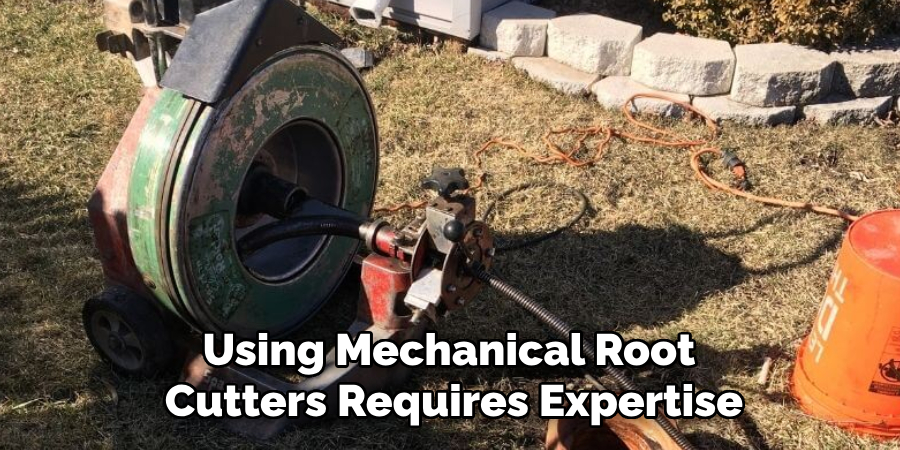
When to Call a Professional Plumber
Recognizing Complex Issues
Homeowners should be vigilant about recognizing when a root intrusion problem has escalated beyond basic DIY methods. If roots have caused significant damage to the pipes, evident through cracks, leaks, or multiple blockages recurring quickly, it’s time to seek professional assistance. Additionally, suppose previous attempts to clear the roots have failed despite using various methods. In that case, this suggests a more complex issue that requires expert intervention to prevent further damage to the plumbing system.
Professional Services
Several professional services are available to effectively address root intrusion challenges. Hydro-jetting is a popular and efficient option for clearing stubborn blockages, while camera inspections allow plumbers to assess the condition of the pipes and identify problem areas. Pipe relining is another innovative solution, where a new lining is installed inside the existing pipe to repair damage without excavation. Engaging a professional ensures a thorough diagnosis and implementation of long-term solutions, helping maintain your plumbing system’s integrity.
Conclusion
In summary, effectively removing roots from drain pipes can be achieved through several key methods, including chemical treatments, mechanical tools, and professional services. Chemical root killers serve as an excellent first line of defense, while mechanical options like root cutters provide a more hands-on approach for severe blockages. When the situation becomes complex, professional services such as hydro-jetting and pipe relining offer efficient solutions to restore your plumbing’s functionality.
To avoid future issues, following through with regular preventative maintenance after root removal is crucial. Remember that understanding how to get roots out of drain pipe is just the beginning; proper care and monitoring are vital in maintaining a healthy plumbing system. With the right approach and consistent effort, you can effectively manage root intrusion and ensure the longevity of your drainage system for years to come.

